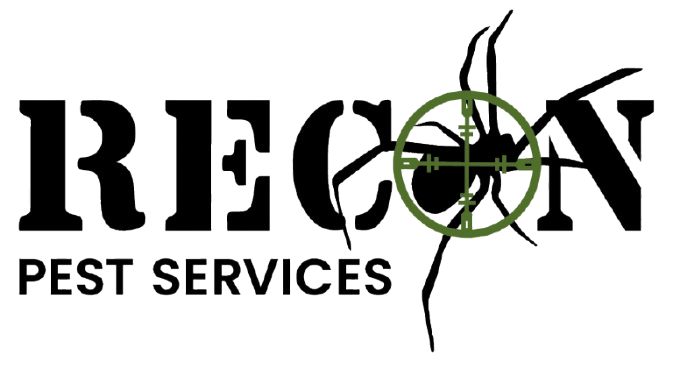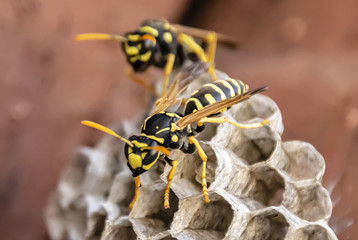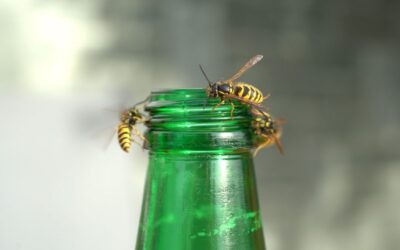Earwig Exterminator Services - RECON Pest Services
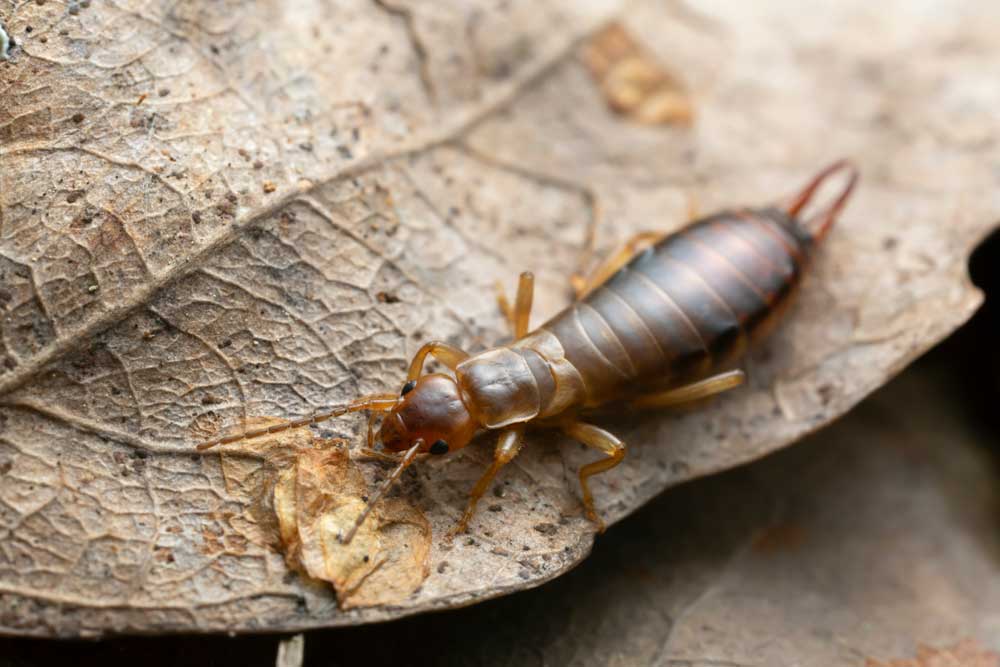
Finding earwigs with their scary-looking pinchers crawling around your bathroom? Discovering them in damp areas around your house? At RECON Pest Services, we know these creepy insects make people jump. Those rear pinchers look dangerous, even though earwigs rarely use them on people.
Our earwig exterminator services target both the earwigs and the wet conditions they thrive in. These moisture-seeking pests sneak indoors through cracks and gaps, looking for damp hiding spots during hot days or dry weather. Once inside, they multiply in basements, bathrooms, and other humid areas.
Nebraska’s summer heat drives earwigs toward houses seeking cooler, moister conditions. They hide under mulch and in garden areas during the day, then come out at night to hunt for food and water. We know where they breed and when they’re most active.
Earwig Pest Control Services
We handle all types of earwig problems Nebraska homeowners face:
- House Earwig Exterminator services target the common brown earwig, which invades bathrooms, basements, and laundry rooms. These pincher bugs love damp, dark spaces inside homes.
- Garden Earwig Control eliminates outdoor populations living in mulch, compost piles, and flower beds before they migrate indoors seeking moisture.
- Basement Earwig Elimination focuses on foundation areas where earwigs hide during daylight hours. These underground spaces provide an ideal habitat for earwigs.
- Bathroom Earwig Treatments handle earwigs attracted to shower areas, under sinks, and around leaky pipes where moisture collects regularly.
- Pincher Bug Management controls earwigs hiding under deck boards, outdoor furniture, and landscape materials where they breed during the summer months.
- Moisture Control Solutions address the root causes by fixing humidity problems, leaks, and drainage issues that create conditions conducive to earwig infestations.
- Perimeter Defense Applications create barriers around your home’s foundation that stop earwigs from reaching entry points during their nighttime travels.
- Indoor Treatment Programs eliminate earwigs already living inside using targeted baits and sprays in cracks, corners, and other hiding spots.
Earwig Exterminator: Dealing with Different Types of Earwigs
Nebraska deals with several earwig species that behave in similar ways:
- European earwigs are the most common type. They’re reddish-brown with curved pinchers and prefer outdoor areas but come inside during hot, dry weather.
- Ring-legged earwigs have yellow bands on their legs and slightly different pincher shapes. They behave similarly to European earwigs but are less common.
- Shore earwigs prefer areas near water sources and are sometimes found in very damp basements or crawl spaces with moisture problems.
- Striped earwigs are smaller and have light stripes on their bodies. They’re less common but occasionally appear in garden areas that border homes.
All earwig types are nocturnal and hide during bright daylight hours. They use their pinchers for defense and to catch small insects, but they rarely pinch people unless directly handled.
Frequently Asked Questions
General Earwig Control
Do earwigs actually crawl in people's ears?
Will earwig pinchers hurt me?
What attracts earwigs to houses?
How long do earwigs live?
Can earwigs damage my house?
Treatment and Prevention
How do you get rid of earwigs fast?
What's the best time to treat for earwigs?
Will earwig treatments harm my garden plants?
How long do earwig treatments last?
Can I prevent earwigs naturally?
Specific Earwig Issues
Why do I find earwigs in my bathroom?
Do earwigs mean I have moisture problems?
Can earwigs climb walls and get on counters?
What's the difference between earwigs and silverfish?
Why do I see earwigs after rain?
Why Choose RECON Pest Services
RECON knows Nebraska's pest patterns because we've been fighting local infestations for years. Our pest control company understands exactly when pests move and which areas they prefer, allowing us to target treatments for maximum effectiveness.
Our specialized treatments focus only on problem areas, not wasting time or resources on places pests ignore. This targeted approach means better results while minimizing chemical usage around your property.
Reviews
See what other companies have to say about our service. Read our customer reviews from businesses like yours.
Contact RECON Pest Services
Our treatments target these moisture-loving pests and prevent reinfestation by addressing damp conditions and entry points. Same-week appointments available across Omaha, Lincoln and surrounding areas. Contact our pest control firm today.
Blog
Learn about earwig behavior and control with practical advice from our Nebraska experts. Our blog helps you understand why these pincher bugs invade and how to keep them out
Wasps in Nebraska – 5 Dangerous Pests to Avoid
Wasps can be a real nuisance for homeowners in Nebraska, and with several species buzzing around, it’s no...
How to Treat a Mosquito Bite On Your Eyelid & Treat Mosquitoes in Nebraska
Ouch! Why is my eye so itchy? A mosquito bite on your eyelid can feel like a major annoyance, but don’t...
Delayed Wasp Sting Reactions – Lincoln & Omaha Wasp Control
Ouch, was that a wasp? Have you ever been stung by a wasp and found yourself dealing with a delayed...
